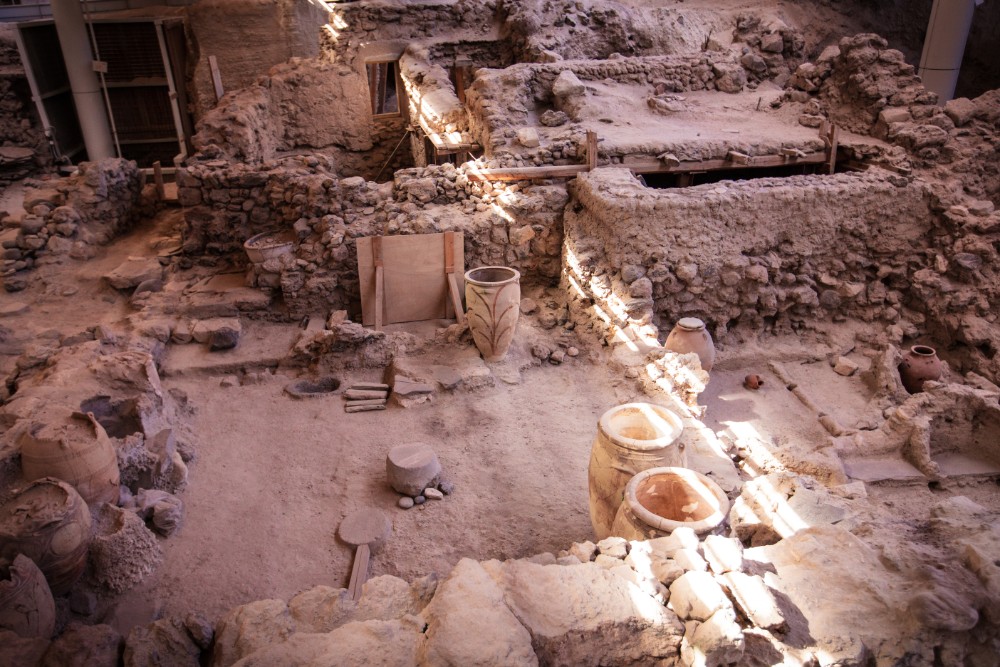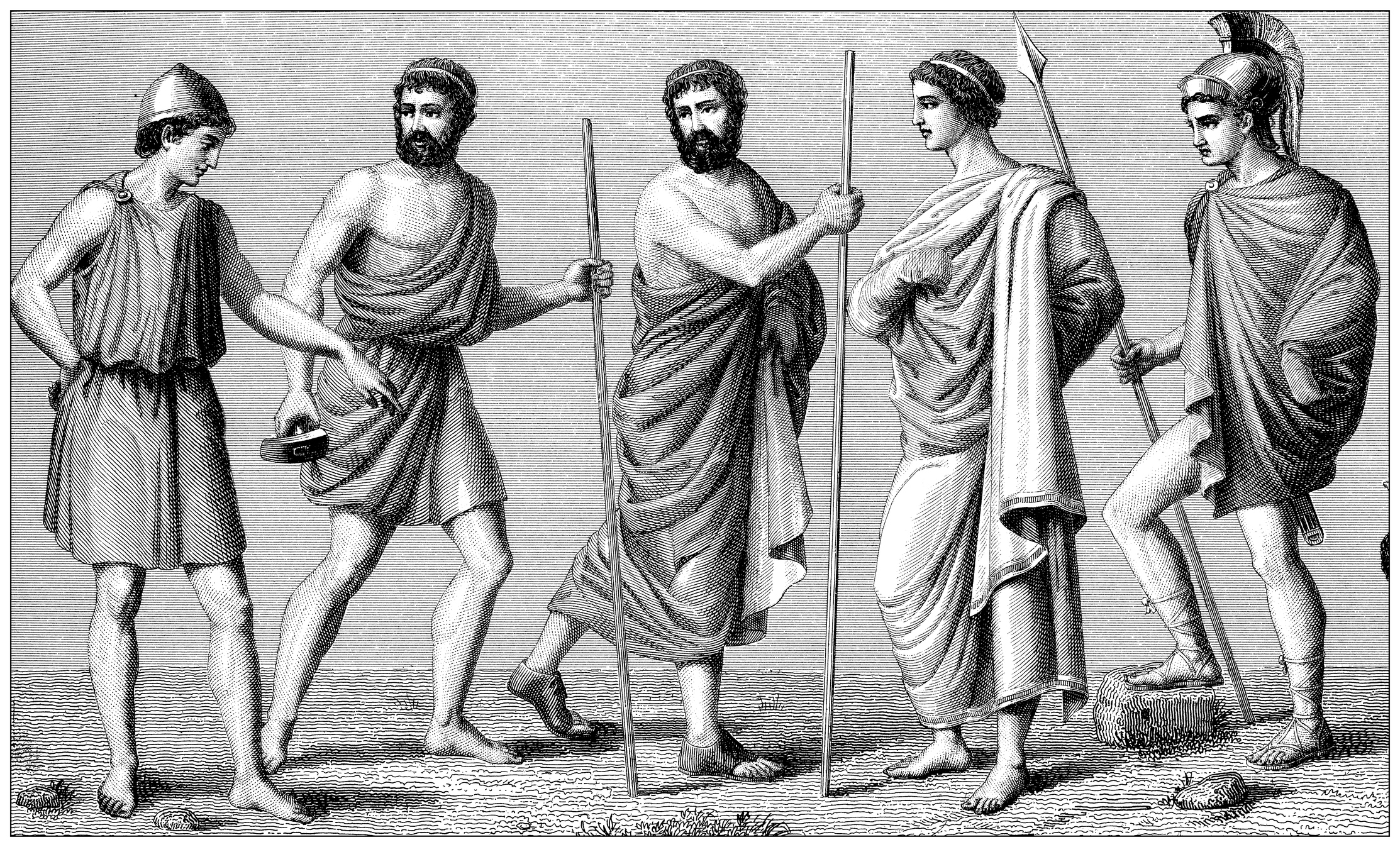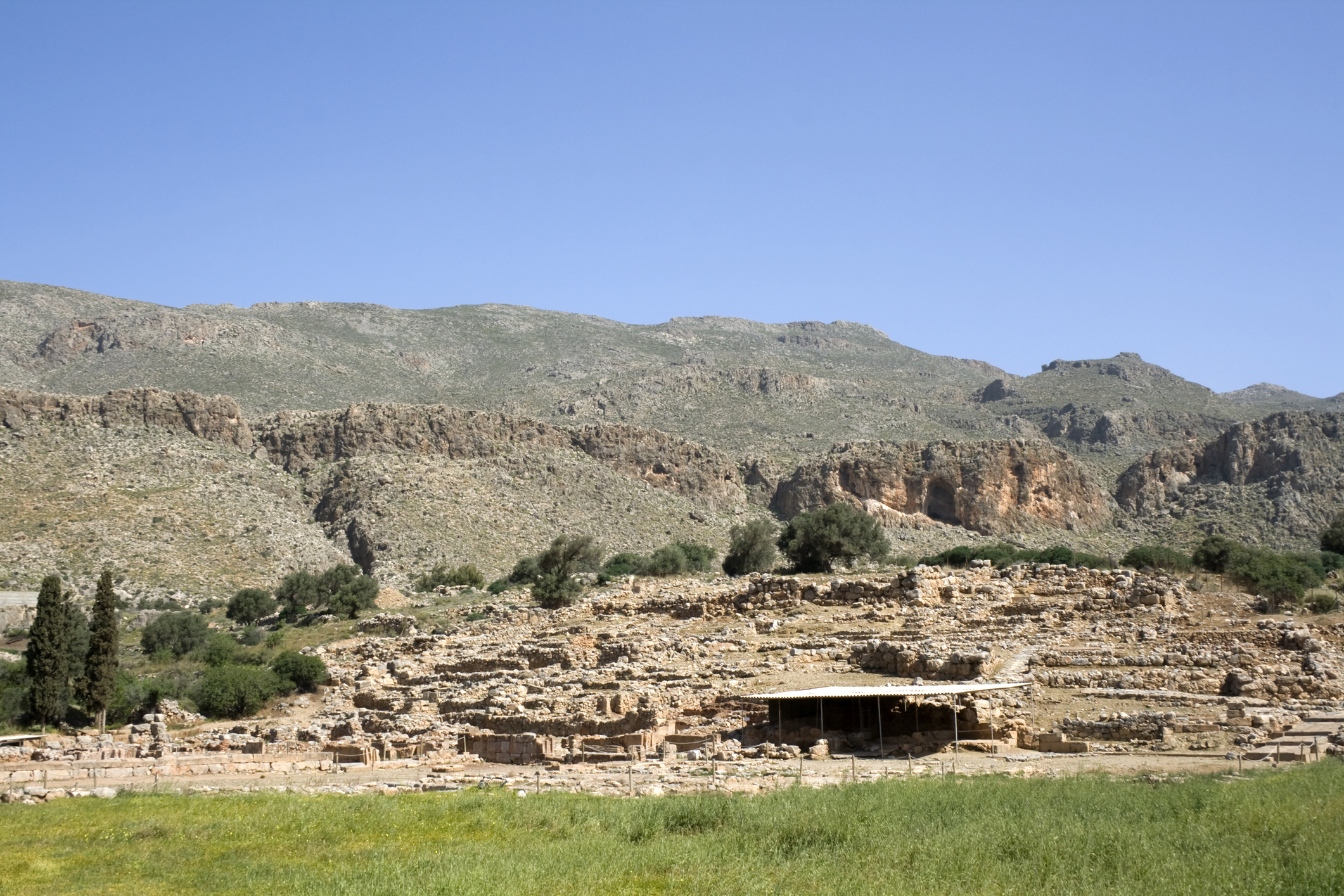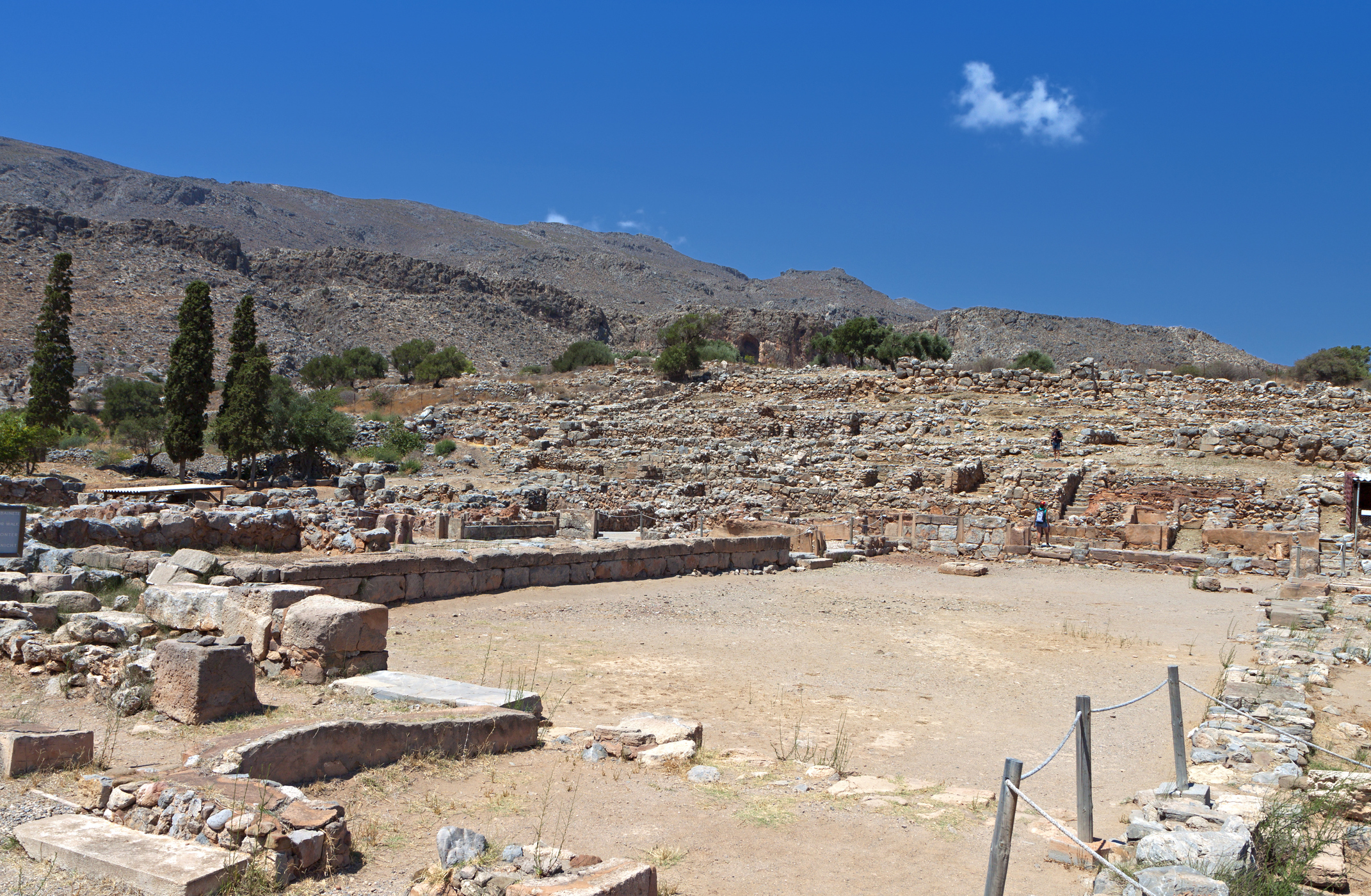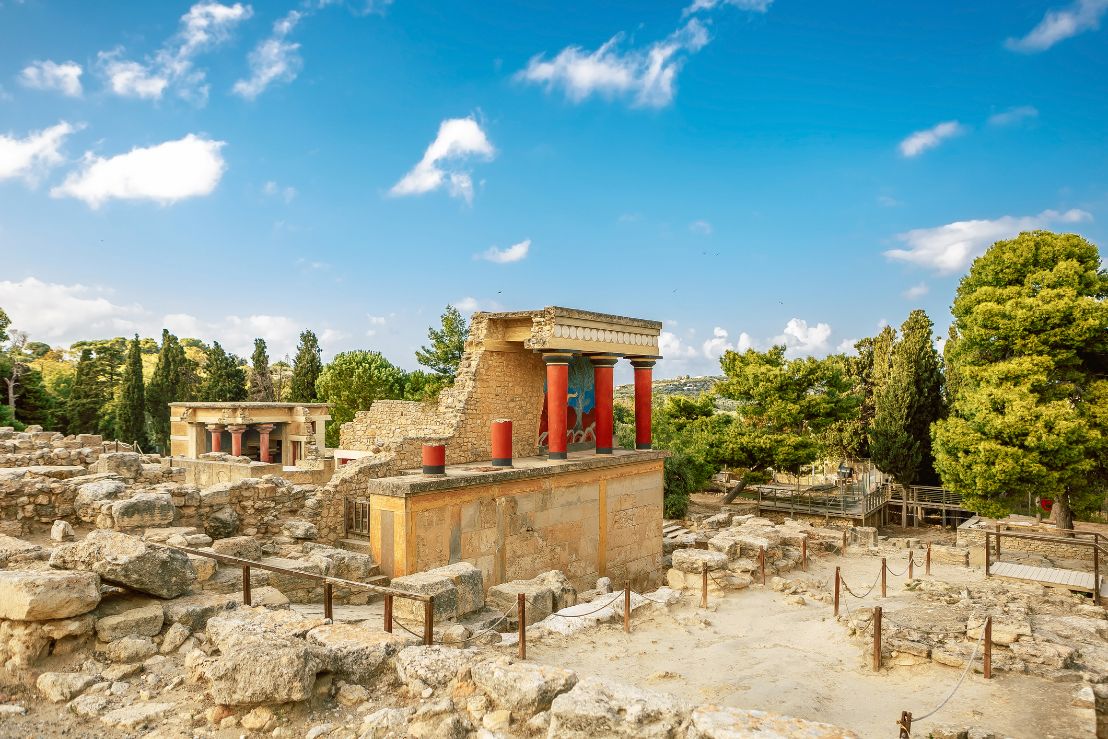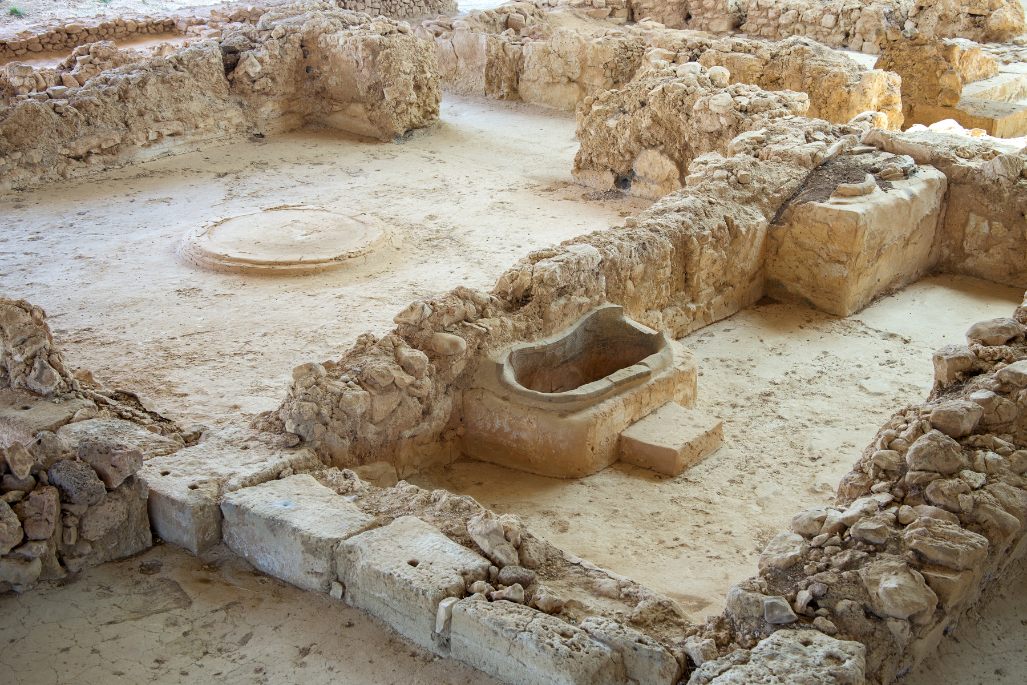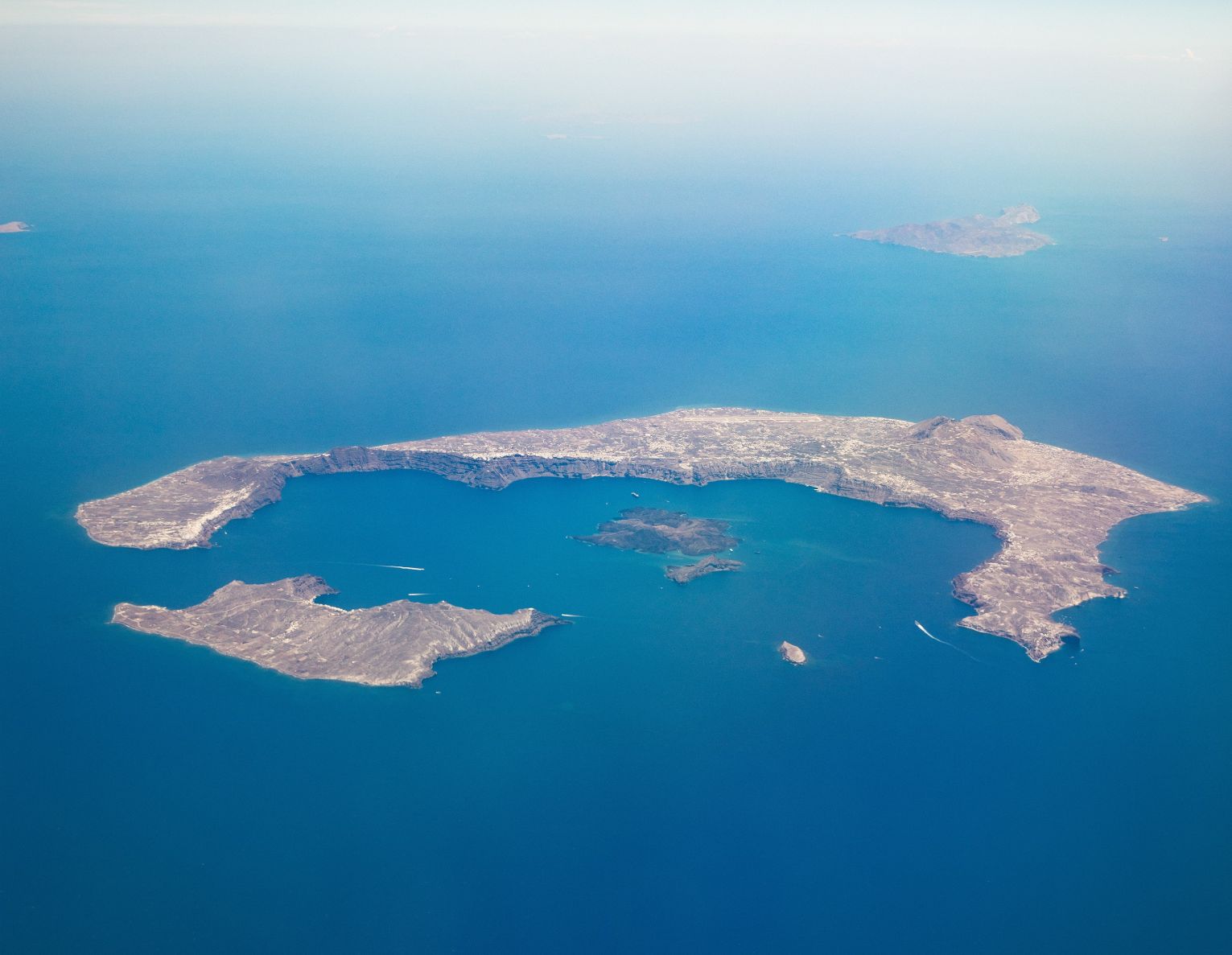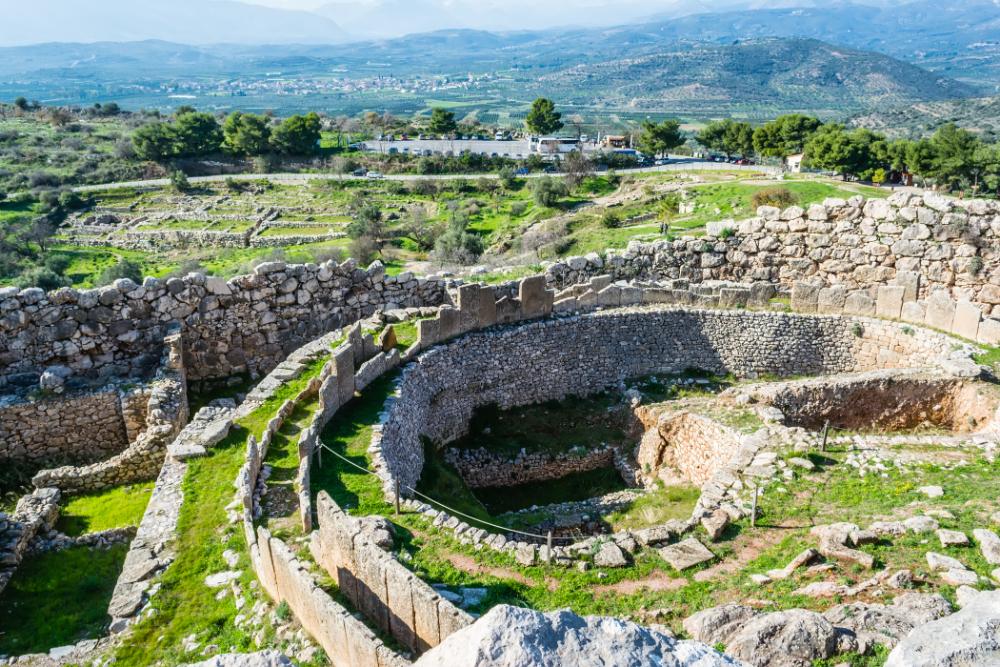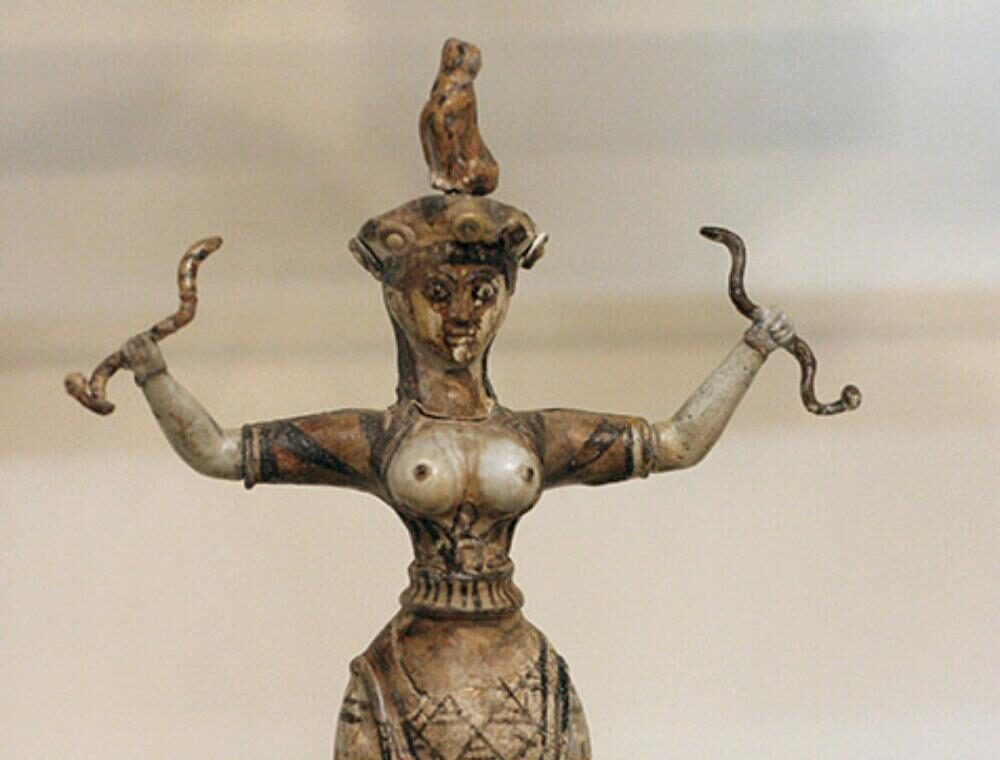Unraveling the Legacy of Elite Burials
Lefkandi, located on the island of Euboea, is an important archaeological site that provides valuable insights into the transition from the late Bronze Age to the early Iron Age in Greece. A key feature of the site is a remarkable burial from the 10th century BC, which reveals evidence of elite status during what is often referred to as the “Greek Dark Age.”
This burial, known as the “Heroon,” contained the remains of a warrior along with a variety of grave goods, such as decorative pottery, bronze weapons, and detailed jewelry. These lavish artifacts indicate the high social standing of the deceased and suggest that there was a powerful elite community in Lefkandi, challenging the idea that society completely collapsed during this time.
The Heroon itself is architecturally impressive, with a long, narrow design like later Greek temples. It includes an open area that likely hosted rituals, further emphasizing the site’s role as a gathering place for the elite.
The findings at Lefkandi reveal that sophisticated practices persisted and that Mycenaean traditions continued, indicating shifts in social structures rather than a total loss of cultural identity. This challenges the common perception of the Dark Age as a period of complete decline, showing that some areas, like Lefkandi, adapted and maintained their traditions amid broader social and political changes. Thus, Lefkandi is essential for understanding the complex development of early Greek society.



